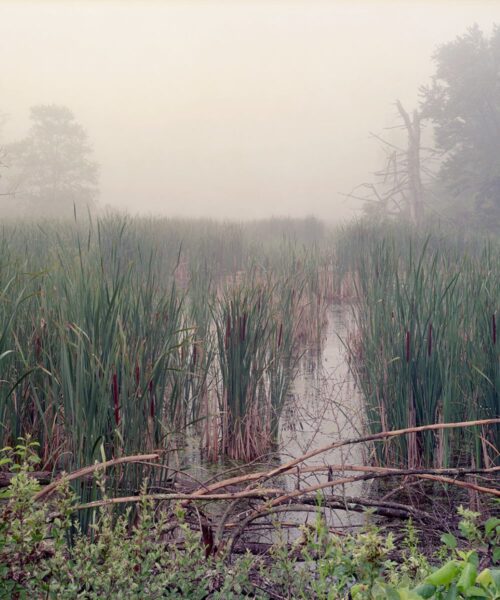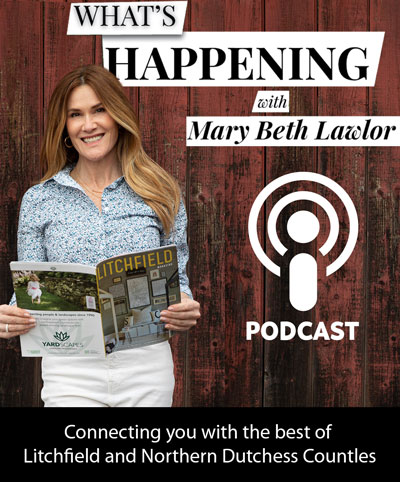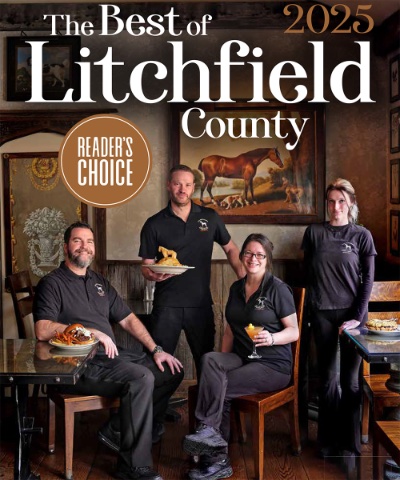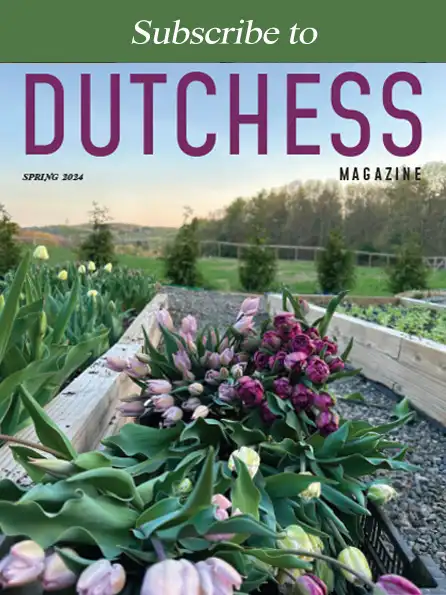May 5, 2025
The Vital Role of Wetlands
Photo By: Theo Coulombe
Catherine Rawson is the executive director of Northwest Connecticut Land Conservancy (NCLC) and a board member of the Connecticut Land Conservation Council. She holds degrees in environmental law and management from Vermont Law School and Yale. Previously, she served as an assistant attorney general for Connecticut. Since 2011, she has led NCLC’s regional growth, partnerships, and conservation efforts, securing accreditation and expanding financial reserves to $8.7 million. Her 20-plus years in environmental work include roles in law, nonprofit management, and education.
1: What exactly are wetlands, and why are they important? Wetlands are places where water covers the soil or is present near the surface for at least part of the year. They include marshes, swamps, vernal pools, flood plains, and coastal estuaries. Wetlands are essential to human and community health, and play a vital role in filtering pollutants and preventing floods. They are also amongst Earth’s most biologically diverse ecosystems, sustaining unique plants, amphibians, birds, and fish. In Connecticut, wetlands maintain the quality of our rivers, lakes, and drinking water, while serving as a natural defense against the impacts of climate change.
2: How do wetlands contribute to water quality in Connecticut? Wetlands act as nature’s water filters, trapping pollutants and heavy metals before they reach our rivers, lakes, residential wells, and Long Island Sound. By improving water quality, wetlands support healthier ecosystems and drinking water sources. According to the New England Forestry Foundation, the water filtration services provided by the region’s forests, including wetlands, are valued at about $157 million annually.
3: How do wetlands help mitigate climate change? Wetlands are powerful carbon sinks, meaning they store carbon dioxide from the atmosphere and help regulate greenhouse gases. They also absorb and slow floodwaters, reducing storm damage. Coastal wetlands protect shorelines from rising sea levels and storm surges.
4: What types of wildlife rely on Connecticut’s wetlands? Many species depend on wetlands. Migratory birds like great blue herons and wood ducks use them for nesting and feeding. Amphibians such as frogs and salamanders breed in vernal pools, which are temporary wetlands that appear in the spring. Mammals like beavers and otters make wetlands their homes. In fact, Connecticut’s wetlands are often rich in biodiversity, with rare and endangered species you will not see anywhere else. You can look for these species, and many more, by exploring your local land trust’s public hiking trails, such as NCLC’s Wimisink Preserve in Sherman, which features an ADA-accessible boardwalk along a scenic wetland.
5: Are wetlands in Connecticut at risk? Yes. The U.S. Fish and Wildlife Service estimates that Connecticut lost 74% of its original wetlands between the 1780s and 1980s. Development, pollution, and climate change continue to threaten our wetlands. While Connecticut has wetland protection laws, ongoing conservation efforts are essential.

6: How can residents help protect wetlands in their communities? People can help in many ways! Plant native vegetation to reduce erosion and protect water quality. Avoid using chemical fertilizers and pesticides, as this kind of runoff harms our native ecosystems. Support local conservation groups that protect wetlands, and advocate for strong environmental policies. But, most importantly, spread awareness—help others understand why wetlands are essential to Connecticut’s environment and future.—ctland.org





















